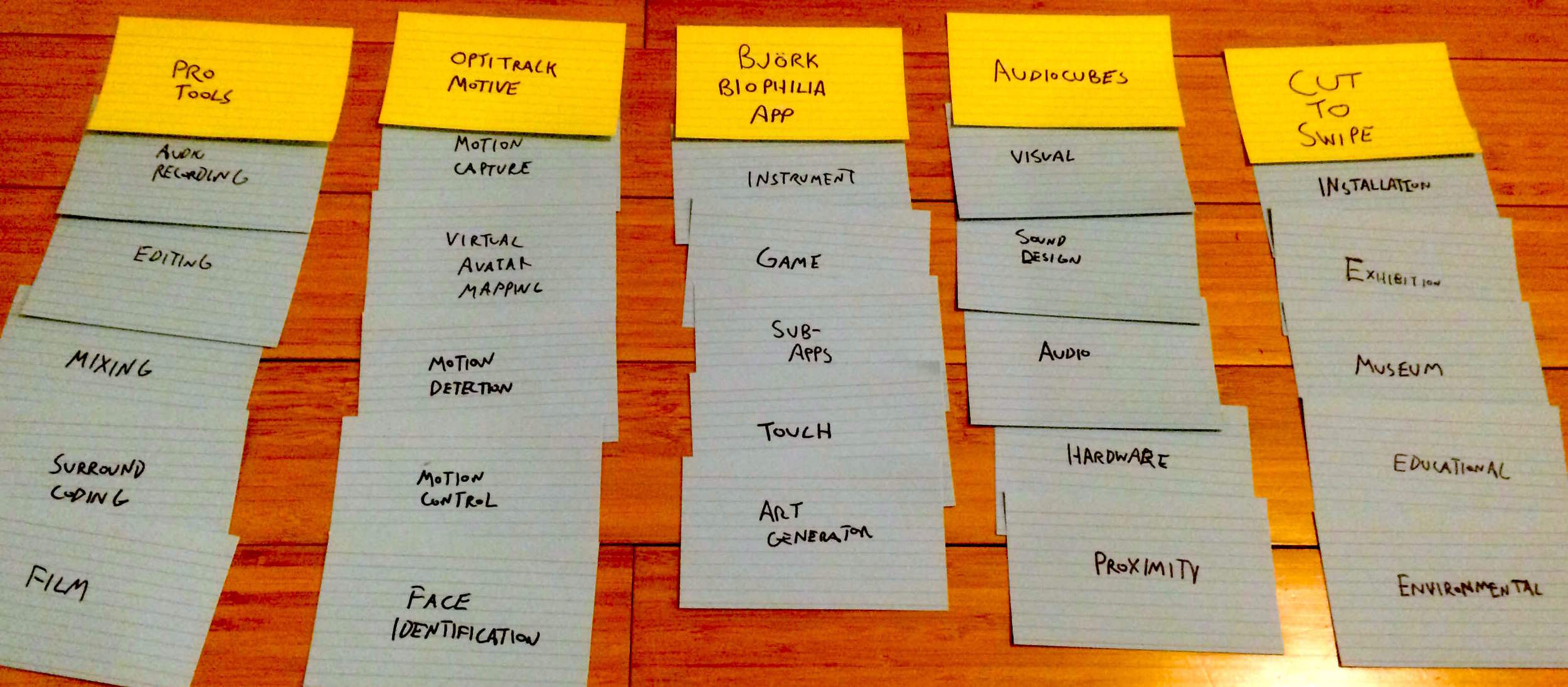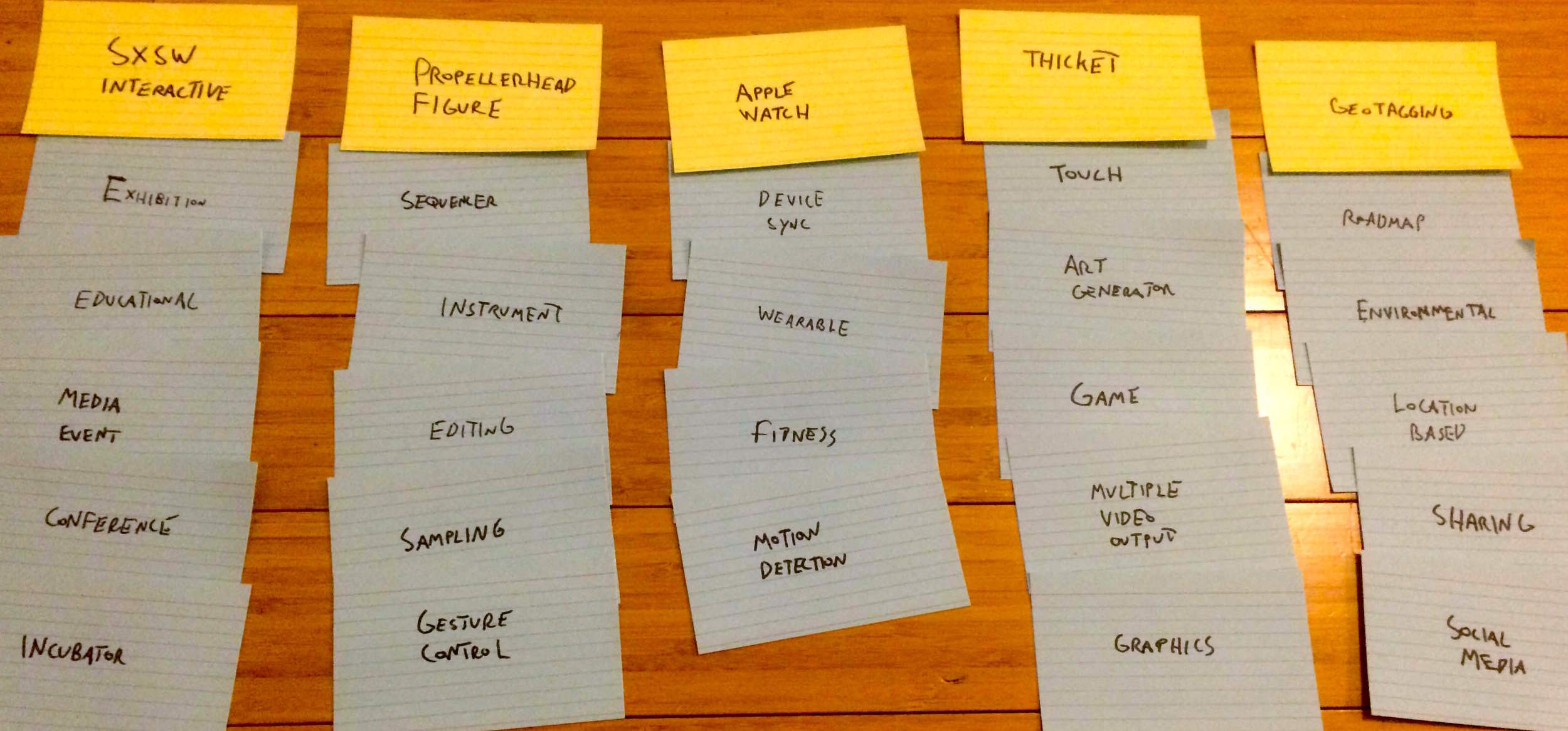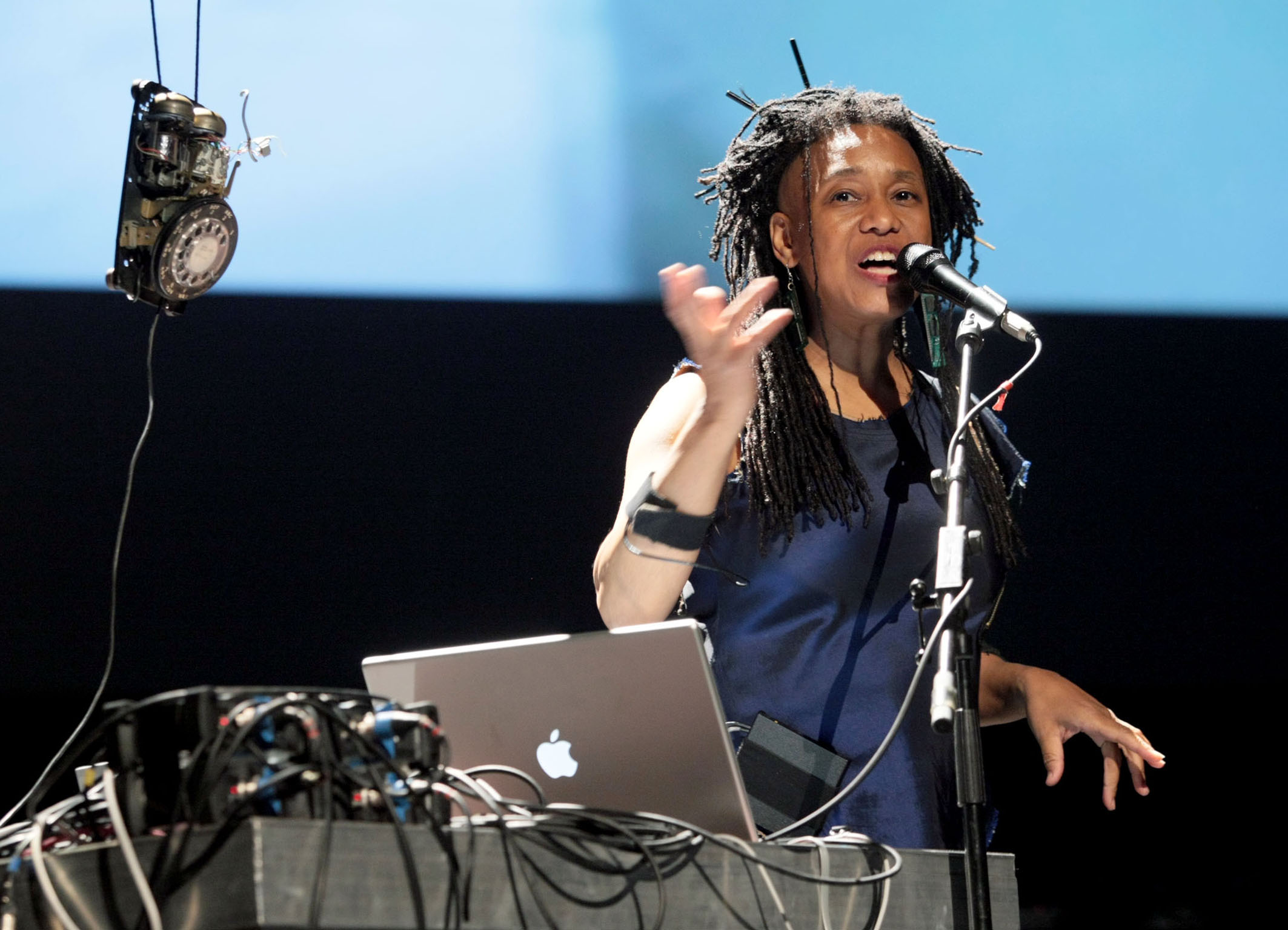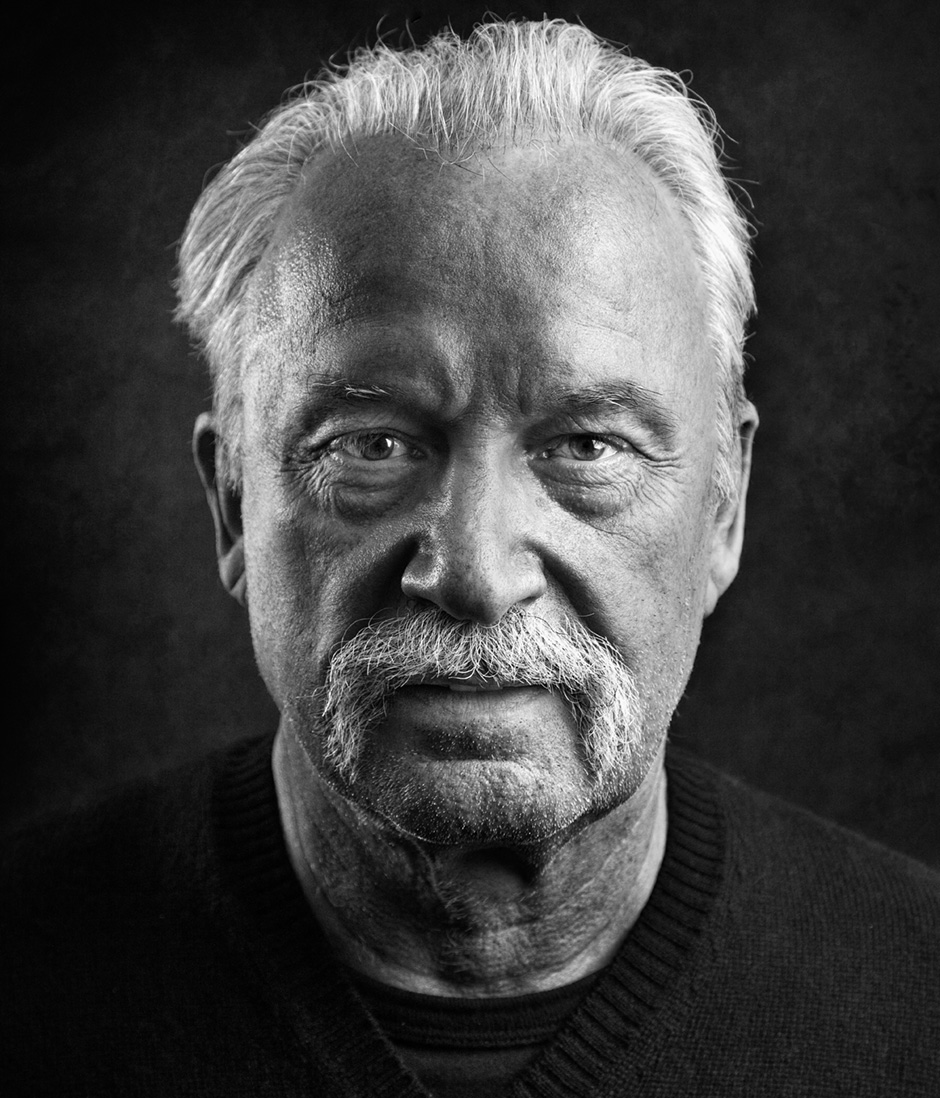Jump to content
For the first part of this assignment, I had to come up with fifteen projects that inspired me, followed by a series of cards that described the projects, then cards that listed the components that enabled the project to exist. So here are my fifteen projects...
For those unfamiliar, my fifteen projects were...
Pro Tools (audio software)
Optitrack Motive (motion capture software)
Björk Biophilia App (hybrid musical instrument/art generator app)
Audiocubes (LED hardware that reacts to music software)
Cut To Swipe (MOMA exhibition focusing on new media artists)
J.A.R.V.I.S. (fictional AI from the Marvel series of movies, operates projection maps and robotic operations)
Microsoft Kinect (hardware that takes voice input and motion control)
MAX for Live (a version of the MAX visual coding language that allows it to communicate with music sequencing software)
SIGGRAPH (an annual computer graphics conference)
Twitter (that ubiquitous 140-character-or-less social media platform)
SXSW Interactive (the tech-focused portion of the worst time to go to Austin)
Propellerhead Figure (a smartphone-based music sequencer)
Apple Watch (the latest in a line of peripherals designed to separate you from your money)
Thicket (like the Biophilia app, allows users to manipulate sound and computer-generated graphics)
Geotagging (the overall practice of location-based data collection)
This led to the process of creating a lot of blue cards, which represented descriptors. Please note that you'll see a few repeats, as all of my inspired projects have a lot of overlap.
This was followed by a series of red enabler cards, or components of my inspired projects that allow them to function.

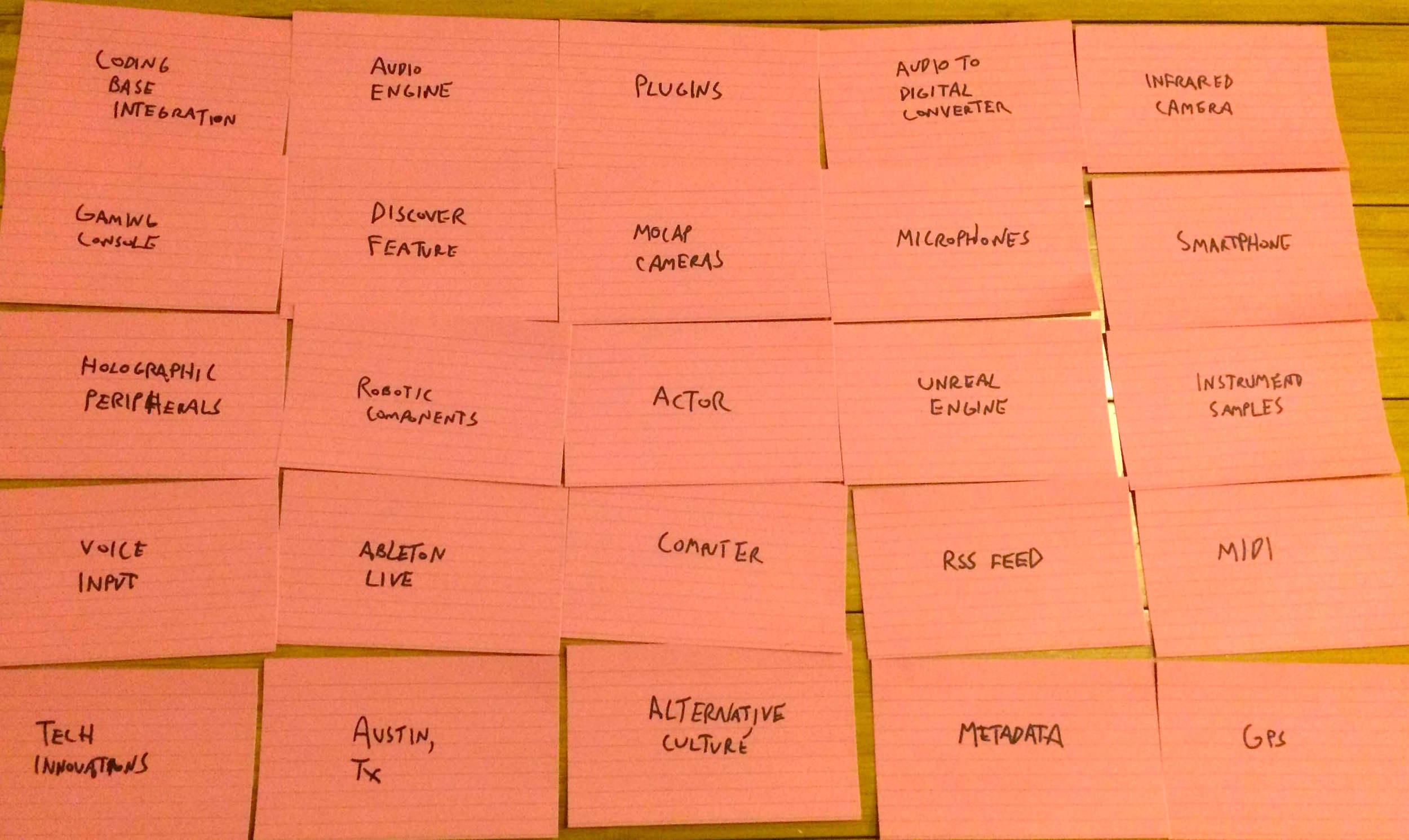
The culmination of this project was the creation of green idea cards, synthesized (not the physical cards, but rather the ideas behind them) by combining the descriptors with the enablers in a mish-mosh of crazy matching. I came up with four ideas, but will probably have some more in the next revision.
I was asked to rank my ideas, and here's where I ended up...
Virtual Environment Installation - Maybe I'm just riding the high from Luke DuBois' proposed "Octopus Rift," but I got really excited at the idea of creating an installation where light and sound are manipulated by an occupant moving within a space. A sort of make-your-own-dance-piece sort of thing. Motion detection would most likely be involved.
Sampling/Sequencing/Graphics App - I'm a sucker for mashups. Inspired by Figure, Max, Thicket, and Biophilia, along with the sensation known as "synesthesia," I would like to try creating an app that takes a sample provided by the user (like, say, their own voice), then be able to manipulate parameters about the sample (EQ, pitch, etc), map them to virtual instruments, and sequence said sounds to make their own songs. Meanwhile, using a series of computer-generated graphics that react to sound, the user can create their own audio-visual pieces made up of their own original content.
Augmented Reality Fitness App - I've got mixed feelings about AR wearables and running, but something like this can appeal to my video game-addled mind. Although the Fitbit and Pulse are great for monitoring your health, the Apple Watch can probably take advantage of a wider range of features, like GPS. With that in mind, perhaps I can make a program that can make "objectives" out of things like running up a hill or climbing a rock. I also feel there are opportunities with the heart monitor and the feature that can tell whether you're sitting down or standing up.
Artificial Intelligence for Homes - If you're wondering why a fictional robot from a series of superhero movies was on the list, it's because I once ready about a guy who, using a few Kinects around his house and those Philips Hue lighting systems, created a rough AI, which was able to adjust the lights in his house with a voice command, and email his boss automatically if he tells it that he's calling in sick. It's low on the list because due to the time constraints surrounding my thesis, it's impractical to get it done.
My process will probably go through some dramatic changes, and I will probably not sleep much, since all my best ideas tend to come to me about two minutes before I fall asleep.
For week 2, I was asked to create a few things...a Pinterest board that contains concepts that will inspire my thesis, as well as a ten-member board that will hypothetically oversee the development of the project, made up of a dream team of my choosing. Lastly, I was asked to create a timeline of events relevant to my own project, which would include the development of the analog synthesizer and Max/MSP.
My dream board of artists, software engineers, and everything in between. A picture may be worth a thousand words, but click on them to get to know these great minds even better.
To better understand the roots of my project, I was instructed to build a timeline of relevant events.
I was also tasked with coming up with ten questions that relate to my idea. Here's what I came up with...
- What technologies have already been explored in sound and art installations?
- What is different about what I'm trying to do?
- Does a permanent sound or art installation have lasting environmental effects on where it's placed?
- Will a piece of interactive art encourage those who encounter it to interact with complete strangers?
- Can what I'm trying to make be expressed in a different form, like an app?
- How can I apply existing products to what I'm trying to make?
- Do I know enough about the software portion, or even what I'll need to use?
- Do I want this to be an interactive thing at all, or more of a performance piece?
- If it becomes an interactive piece of art, where would I put it?
- What makes my project matter?
Finally, I had to answer a few questions about my idea, and express it in a paragraph.
I am interested in creating an audio-light installation because I am a big fan of pieces of art that encourage those who encounter it to interact with it. I'm driven to make this happen simply by a desire to create. To elaborate, I'm a person who loves music and sound, and in the past, I've seen and interacted with exhibits and installations that encouraged me to interpret them through interaction. I would like to contribute to this field. I would hope that the impact of my piece is that people who interact with it are inspired to explore the possibilities of sound manipulation, and even be inspired to create their own pieces. The audience for this would be the public at large, but especially those who are interested in interactive art pieces. Generally, when passerby notice an interactive object, only a handful would stop to experiment with it. My hope is to increase the size of the handful. The idea could live anywhere (not location specific), but would be best served in a space with heavy foot traffic.
Alternately, if I choose to go with my app idea, then the answer would go a little more like this...
I'm interested in creating an app-based musical instrument, because something to my desired specifications does not currently exist. I'm driven to make it happen because I know that I wouldn't be the only one to use it. Plenty of great applications exist today that maybe include a sequencer and instrument synthesizers, or may allow for pattern generation and rough sound manipulation, but nothing exists yet that would allow you to create your own musical sequences from your own manipulated samples, set to a computer-generated pattern. As far as impact, the one on this idea is rather small...I'm just hoping to create a new tool for musicians and artists to use in their own creation. Someone created Ableton Live and Pro Tools, and both of those are now the most popular tools for making music. No reason I couldn't try to join their ranks. The intended audience is most likely musicians and artists, but I hope that the simplicity of the tool would encourage beginners to the field to explore what they can do with it. The app would most likely live on a tablet, or maybe even a smartphone, although a wider surface area may benefit the "toy" aspect.
Sometimes, you just gotta dig deeper. Here's another Pinterest board, wherein I explore the idea of "play."
What's a research paper without...you know...research? Here are four pieces of literature that are significant to my research, as well as the reasons why I included them.
Suderburg, Erika, ed. Space, site, intervention: situating installation art. U of Minnesota Press, 2000.
Suderburg’s book discusses the history and significance of installation art, and the importance of location. As I’m in the midst of deciding whether of not my piece will be site-specific (if it does take the form of an installation), this book talks about our struggle with the nature of places, as well as how we seek to transform the nature by building things. In this case, if I were to put my work into a public space, one that otherwise would only be passed through, then my hope is to transform the space into one of congregation and play.
Dixon, Steve. Digital performance: a history of new media in theater, dance, performance art, and installation. Cambridge, MA: MIT press, 2007.
I previously cited this book in my Theories of Media final last semester, though I mainly focused on the performing artists and the increasing use of digital media in the field. However, this book also includes some history of installation pieces, including the Happenings of the 1960s, requiring audience participation to fully realize their message. Though lacking a specific link to what I’m trying to do, this book helps me get into the psychological space of those creating pieces that encourage interactivity.
Ellis, M. J. "Why People Play." Urbana 51 (2011): 61801.
The concept of “play” seems to obvious to people, and yet can be a hard thing to articulate when asked “what is it?” We throw around words like “fun” and “relaxing,” but we never quite tap into the psychological implications of the idea. This paper gets into theories about the evolution of play, as well as the role it has in our lives. To my own research, it is significant, as “play” is the theme at the core of my work. Whether its by yourself, with friends, or the impetus to talk to strangers, play in any form may be the ultimate icebreaker.
Barbosa, Álvaro. "Ten-hand piano: a networked music installation." (2008).
This paper is actually someone’s thesis, but serves as a model for my own, as the author has similar aims to mine. He has created a musical instrument that is meant to be played by an “audience” member, or one who is passing through the exhibit. However, the instrument is networked to others like it in different places throughout said exhibit, resulting in a piece one person controls a note on the instrument, with the goal of up to ten people coming together to make a complete chord. Though my goals for sound are not as specific, this is in the spirit of what I’m trying to do.
The idea of play is that the user or player is not motivated by the end product of his behavior, but rather, is free. The freedom is the essential characteristic. As seen in children, play usually manifests as one interacts with his environment freely, allowing for experimentation and imagining. It’s only through these processes that we are able to realize our own potential. After all, how many times as a kid did you play a game where you were a grown-up with a job doing your childhood dream, and how did it influence your decisions as an adult?
Play never fully leaves us as we transition out of childhood, but the curiosity we develop leads to questions of how the world works. At the very least, we are still intrigued by things like gadgets or pieces with innovative design. We want to pick things up and figure out what they are for. We want to interact. This curiosity becomes key to modern installation art pieces, as they rely on an audience to not just view it from the outside, but to explore all its facets, to try and understand its purpose.
This was the idea behind the Happenings of the 1960s, when interactive performance was nascent. People passing by the installation would notice a piece of art in a public space, maybe take a look, touch it if that was encouraged, and then be on their way. The goal was that a critical mass could be reached, and just the sight of other people interacting with the piece would encourage others to explore their own curiosity with it.
One of the most attention-getting aspects of installation pieces is sound, and it can be a powerful motivator in interactions. People are generally intrigued by an interaction if the result is something that appeals to their mechanical senses, be it touch, sound, or something visual like light. A successful installation aims to please at least one of these senses (or possibly something olfactory, if that won’t offend), but for my own, I’m aiming for the three.
1.) The piece aims to bring people together out of the sheer curiosity of the significance of the piece of public art in front of them, whether they simply look at it or choose to try to play with it.
2.) The piece aims to remove some of the monotony of every day life by encouraging those who might encounter it on an otherwise ordinary day to participate in something new and intriguing.
3.) The piece aims to inspire creativity by allowing users to experiment with the reactions to different ways of interacting with it, and making something new and unique in the process.
As said in so many previous statements, the core of this project is “play.” Living in New York is a wonderful experience, a privilege granted to just 8.4 million people out of the 2.5 billion in the world. However, with all the stress that comes with urban living, it is easy to be lonely, to only exist in your bubble of “wake up – go to work – come home – go to bed – repeat.” I’m hoping that by creating this installation and putting it in a public space, I can not only get people to break out of their routines and interact with it, but also, even if just for a second, make a friend out of a stranger by sharing the experience of interacting with the piece. My intention is that one person by himself can operate the work, but the experience is improved exponentially by others joining in.
Though the work will use the tools provided by the development of digital media, they are not central to the theme of the work. We are all intrigued by what the tools can do in terms of increasing our capabilities for expression, but the bottom line is what it means for us as people. Digital media connects us remotely through innovations in telecommunications and social media, but I’m hoping that the same tools can also allow us to physically come together, to interface with a real-live person instead of through a screen. By definition, digital media requires a digital interface, but what if instead of being the entire means of communication, it just facilitated a larger connection between those using it in physical space?
Since I'm still learning to code instruments with the Arduino, I used the Makey Makey to build out my proof-of-concept. You can find the Scratch page, where I programmed my drum samples here. Incidentally, if you don't have a Makey Makey and a lot of foil, you can just hear the sounds by using your keyboard. Here's my friend Nabil demoing out the hardware...




So what was once The Big Jam has become Better With You. And what was once an electronic toy has become an exercise in human circuitry. So get ready to touch each other and make some music, because this is the new jam. If you're wondering how I'm going to do all this, you can start here.

